How would you like to gain 20 pounds/9 kilos in as little as six weeks? Do you want to develop incredible leg strength in just 18 workouts? Sounds impossible, doesn’t it?
However, in the “golden age” of physical culture and old-school bodybuilding, these achievements were quite common and done without the use of steroids, fancy supplements, or high-tech gym equipment.
All it took was some hard work!
For generations of weightlifters and bodybuilders, the 20-rep squat routine was the go-to program for anyone who wanted to gain weight fast. Simple but brutally tough, followers routinely gained 10, 20, and even 30 pounds of body weight in less than two months.
Combined with the GOMAD diet, short for Gallon of Milk A Day, this program, if you can stick to it, will literally transform your physique.
It’s hard to say who invented this program; it has been written about for close to 100 years. But it’s equally hard to find an old-time bodybuilder who DIDN’T try this program at least once – and that includes the likes of Steve Reeves, Reg Park, Sergio Oliva, and even the Terminator himself, Arnold Schwarzenegger.
Level Up Your Fitness: Join our 💪 strong community in Fitness Volt Newsletter. Get daily inspiration, expert-backed workouts, nutrition tips, the latest in strength sports, and the support you need to reach your goals. Subscribe for free!
Workout overview
The premise of this program is simple; three-times a week, do a single set of 20 squats using a very heavy weight and then, after a brief rest, complete a workout consisting of a few basic compound exercises for the rest of your body.
Why this program works is debatable. Some suggest that squatting three-times a week simply shocks your body into new levels of growth – grow or die, so to speak. Others believe that heavy, high-rep squats elevate testosterone and growth hormone levels, which creates the perfect anabolic environment for growth.
For many, simply swapping from a split routine to a basic, full-body workout and working each muscle group three times a week could be the trigger for renewed muscle growth.
It doesn’t matter WHY the 20-rep squat program works. All we know is that, after being around for over 100 years, it’s clear that it does.
The program
There are several different versions of the 20-rep squat program in existence, so this is an amalgamation of the best ones…
- Barbell back squats – 1 x 20 performed rest/pause style
- Barbell bench press 3 x 6-8
- Bent-over barbell 3 x 6-8
- Dumbbell shoulder press 3 x 10-12
- Pull-ups/chin-ups 3 x AMRAP (as many reps as possible)
- Romanian deadlifts 2 x 15-20
- Supine triceps extensions (skull crushers) 2 x 6-8
- Barbell curls 2 x 6-8
- 9 & 10. Two abs exercises of your choice, e.g., crunches and side bends 2 x 15-20 each
Exercise descriptions
To get the most from any workout, you must do your chosen exercises properly. Doing exercises incorrectly may allow you to lift more weight or even do more reps, but usually by putting stress onto other parts of your body. This will make your workout less effective, as well as potentially more dangerous.
In contrast, the right exercise technique keeps the tension on the target muscles while lowering your injury risk.
Remember to start your workout with a thorough warm-up to prepare your body and mind for what you’re about to do. A few minutes of easy cardio, followed by some dynamic stretches and joint mobility exercises is an excellent place to start. Afterward, do a few light sets of your main exercises to ensure you are fully prepared for your workout.
1- Barbell back squats
Often referred to as the king of exercises, squats work every muscle in your lower body, and many in your upper body too. This is the cornerstone of the program and the exercise you should put most of your energy into.
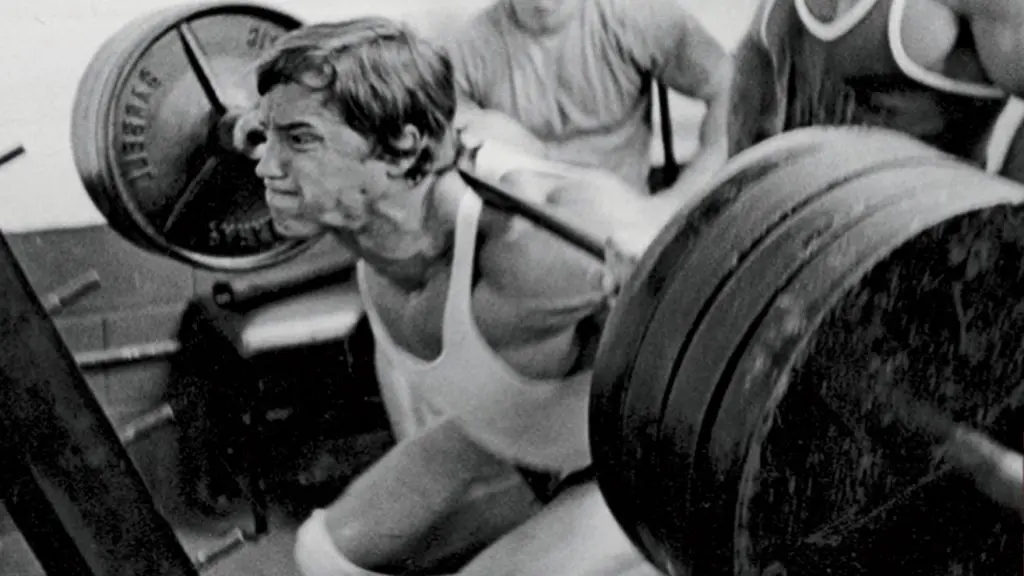
How to do it:
- In a squat rack, rest and hold a barbell across your upper back. Make sure it’s not on your neck. Step out, so your feet are about shoulder-width apart, toes turned slightly outward.
- Brace your abs, bend your knees, and squat down until your thighs are roughly parallel to the floor. Do not round your lower back.
- Stand back up and take a big breath or two.
- Squat down again.
- As you start to tire, feel free to take more breaths between reps. However, you MUST not re-rack the bar until you have completed all 20 reps.
- Rest for 5-10 minutes before moving on to the next exercise.
2- Barbell bench press
Bench presses work your chest, shoulders, and triceps. It’s a popular exercise that bodybuilders do for muscle size, and powerlifters do for strength. If you prefer, you can do dumbbell bench presses instead.
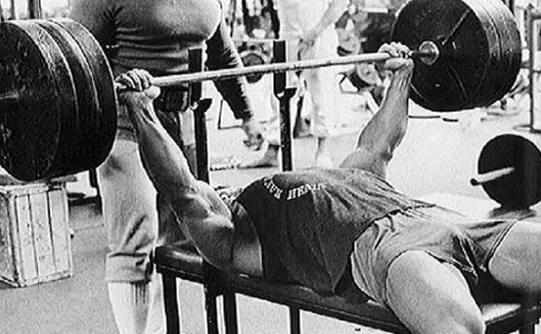
How to do it:
- Lie on the bench with your eyes directly beneath the bar. Reach up and grab it with an overhand, slightly wider than shoulder-width grip. Brace your abs, lift your chest up toward the bar, and drive your feet into the floor for stability.
- Pull your shoulders down and back and unrack the bar, holding it over your chest.
- Bend your arms and lower the bar to your sternum or breastbone. It should touch your chest lightly – do not bounce!
- Push the bar back up to arms’ length and repeat.
3- Bent-over barbell rows
This classic old-school exercise is a proven back builder. It works your lats, mid traps and rhomboids, posterior deltoids, and your biceps. Your lower back, hamstrings, and glutes also get in on the action. If you want to do a different exercise, you can do single-arm dumbbell rows instead.
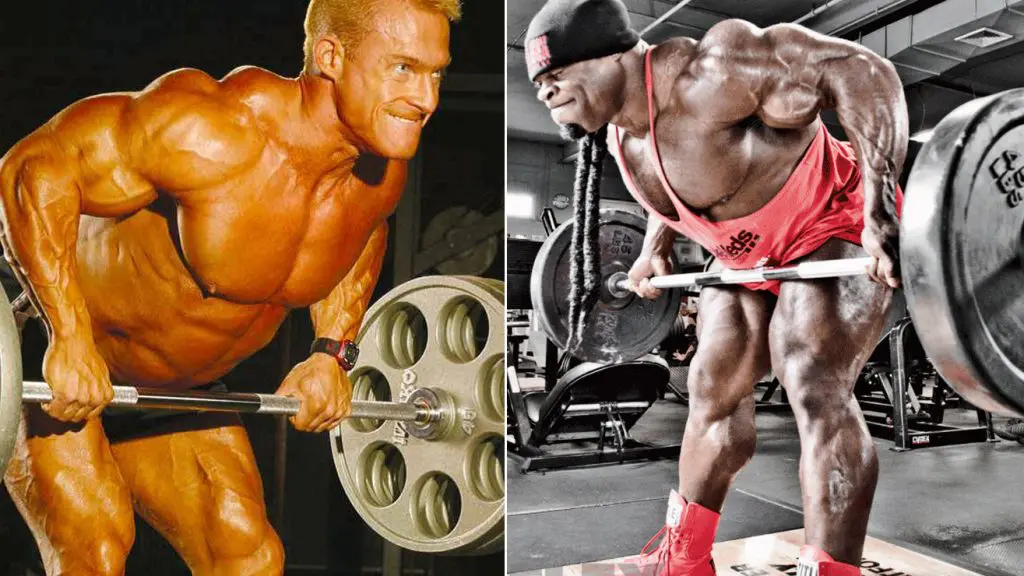
How to do it:
- Hold a barbell in front of your thighs with an overhand, shoulder-width grip. Bend your knees slightly, brace your abs, and lean forward without rounding your lower back until your torso is at about a 75-degree angle.
- With your arms hanging straight down, and without jerking with your back or legs, pull the bar up and into your abdomen. Lead with your elbows and keep your wrists straight.
- Extend your arms and repeat.
4- Dumbbell shoulder press
As the name implies, this exercise targets your deltoids or shoulders and also works your triceps. Do this exercise seated to take stress off your hard-worked lower back.
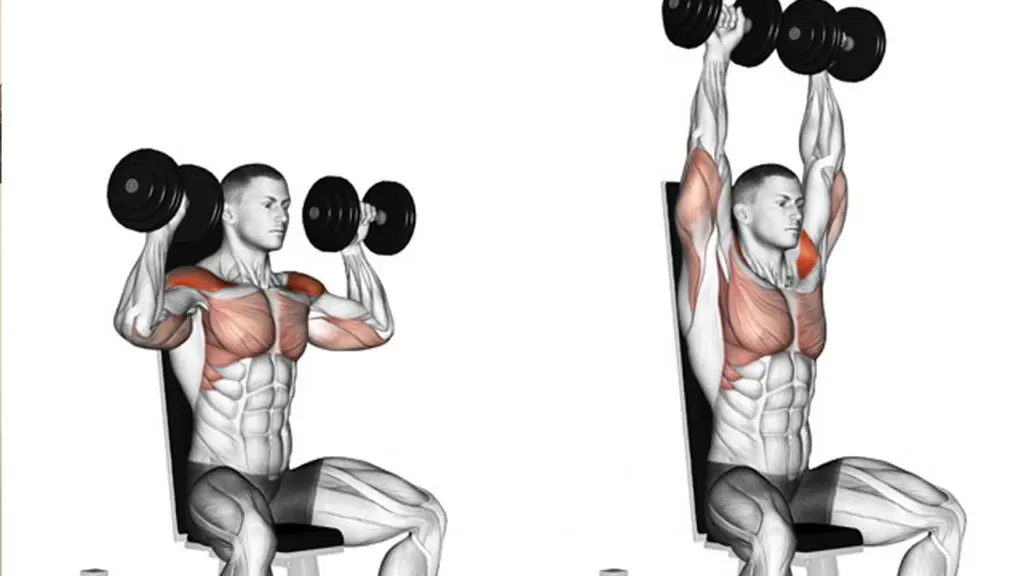
How to do it:
- Set the backrest on an adjustable exercise bench to around 80-degrees.
- Sit down with a dumbbell in each hand, and raise them up to your shoulders, so your palms are facing forward.
- Press the weights up and overhead until your arms are straight but not locked.
- Lower the dumbbells back to your shoulders and repeat.
5- Pull-ups/chin-ups
Where bent over rows are considered a back-thickening exercise, pull-ups and chin-ups are more of a back-width exercise. They’re also an effective move for your biceps.
Level Up Your Fitness: Join our 💪 strong community in Fitness Volt Newsletter. Get daily inspiration, expert-backed workouts, nutrition tips, the latest in strength sports, and the support you need to reach your goals. Subscribe for free!
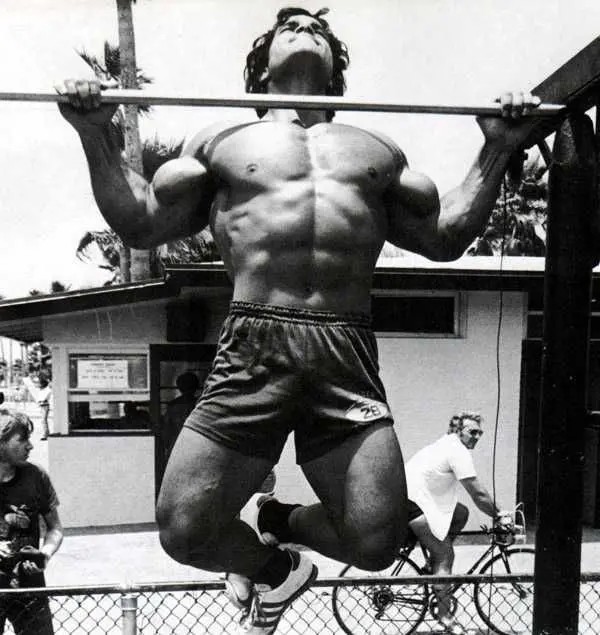
How to do it:
- Hold a suitable overhead bar with a slightly wider-than overhand grip (pull-ups), or a narrower underhand grip (chin-ups), as preferred. Hang with your arms straight, your chest up, and your shoulders pulled down and back.
- Without kicking your legs, bend your arms and pull your chin up and over the bar.
- Lower yourself down smoothly and then repeat.
- If you can’t do pull-ups/chin-ups, you can do lat pulldowns instead.
6- Romanian deadlifts
While squats do work every muscle in your lower body, they’re more of a quad-dominant exercise. Romanian deadlifts target your posterior chain, the collective term for your glutes, hamstrings, and lower back, making them an ideal way to balance your leg development.
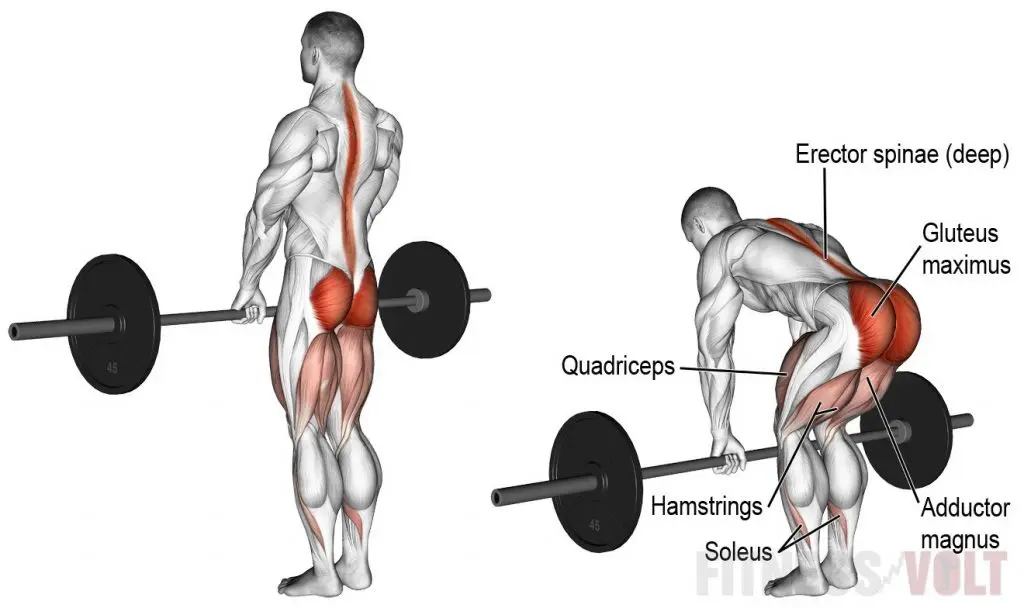
How to do it:
- With your feet parallel and about hip-width apart, hold a barbell in front of your thighs with your knees slightly bent but rigid. Use an overhand or mixed/alternating grip.
- Hinging from your hips, lean forward and lower the bar down the front of your legs. Do not round your lower back.
- Stand back up and repeat.
- This exercise can also be done using dumbbells.
7- Supine triceps extensions (skull crushers)
While your triceps have been trained twice already, they’ve been working as synergists or helper muscles during bench presses and shoulder presses. For maximum muscle growth, they also need to be isolated.
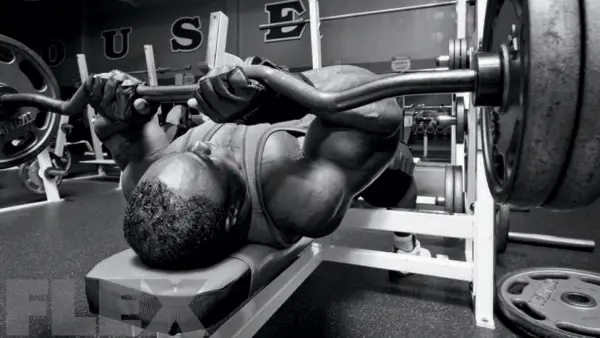
How to do it:
- Lie on your back holding a barbell over your chest with an overhand, shoulder-width grip. Your upper arms should be vertical and perpendicular to your body.
- Without moving your upper arms, bend your elbows and lower the bar down to your forehead.
- Extend your arms and repeat.
- This exercise can be done with a straight barbell, and EZ bar or dumbbells are preferred.
8- Barbell curls
No bodybuilding workout would be complete without some direct biceps training. Barbell curls are arguably the best biceps mass-building exercise you can do.
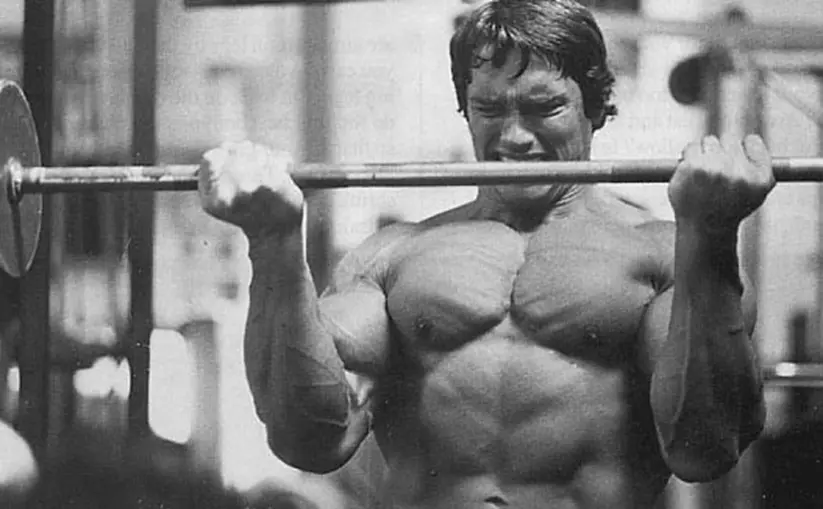
How to do it:
- Stand and hold a barbell with a hip-width, underhand grip. Bend your knees slightly for stability and pull your shoulders down and back.
- With your abs braced and your upper arms pinned to your sides, bend your elbows and curl the bar up to shoulder-height. Do not jerk the weight up with your arms or back.
- Lower the weight and repeat.
- You can also do dumbbell curls, which some exercisers find easier on their elbows.
9 & 10. Abs exercises of your choice
It’s dealer’s choice for your last two exercises. Select one exercise that targets your rectus abdominus at the front of your abdomen, and one for your obliques or waist muscles. If you are feeling exhausted at this point, you can skip these two exercises and do them on your rest days.
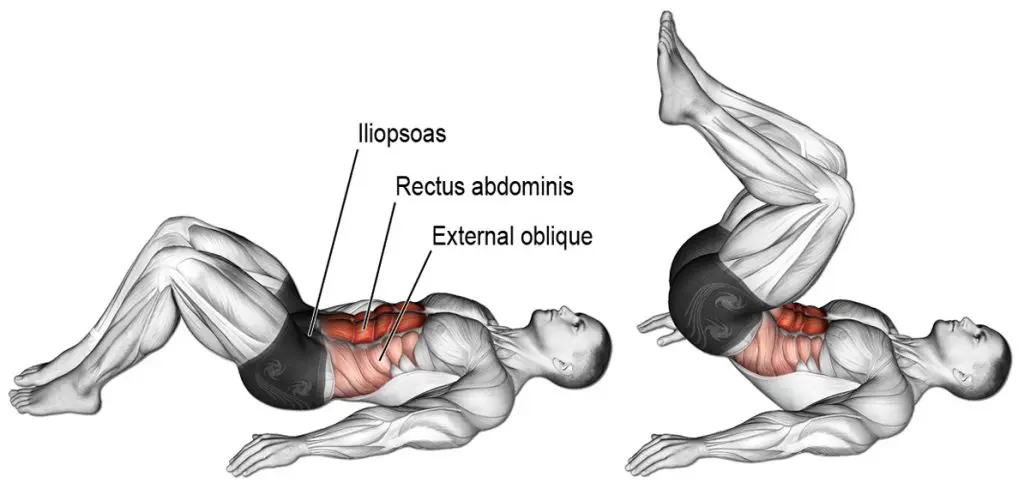
Eat, eat, and eat some more
The 20-rep squat routine is NOT a lean gains-type program. It’s about packing on weight fast. While much of this weight will be muscle, some of it will be fat. That’s inevitable, really. If you want to get stronger from one workout to the next, you need to eat plenty of healthy, nutritious food. Calories are your friend!
That makes the 20-rep squat routine ideal for winter/off-season use. Do NOT attempt this routine is you aren’t prepared to eat a lot. The GOMAD diet is an excellent choice as drinking a gallon of milk per day ensures you get plenty of protein, carbs, and calories. Simply eat as normal and then supplement your eating plan with GOMAD.

If you are lactose intolerant, replace cow’s milk with a non-dairy alternative, such as rice milk, oat milk, soymilk, or almond milk. While these plant-based milks do have different nutritional values, using them for the GOMAD program will still work as they provide an easy way to increase your caloric intake without having to change any other aspect of your current diet.
If you are VERY detail orientated, you could adjust your intake of plant-based milk so that it provides the roughly the same nutritional values as cow’s milk. Remember, though, that the entire premise of GOMAD is simplicity, so there’s no need to overthink this too much!
Alternatively, if you don’t want to follow the GOMAD approach, consider adding a weight gainer shake to your diet.
How heavy is heavy?
Many 20-rep squat routines specify you should take your ten-repetition maximum and squat it 20-times for your first ever attempt at this workout. This might sound crazy, impossible even, but because the reps are performed using the rest/pause method, it can be done.
To do a rest/pause set, you start your set as normal and rep out until you can no longer continue. Then, instead of re-racking the bar and resting, you take a few deep breaths and then crank out another 1-2 reps. Take another breather and then do a couple more (slow and painful) reps. Keep on chipping away until you have done all 20.
These pauses for breath will invariably get longer and longer as your set progresses and helps explains why 20-rep squats are often called breathing squats.
When you next repeat this program – in 2-3 days – add 2.5 to 5 pounds to the bar. Yes, you’ll probably need to take longer or more rests as the weight increases, but that’s okay; just keep adding weight to the bar workout by workout. By the time you near the end of this program, your 20-rep set may resemble 20 singles – one rep, a few breaths, one rep, more breaths, etc.
You should also endeavor to increase either the weight or number of reps you perform for the rest of the exercises in the workout. However, this is not your priority, and increments will probably be smaller and less frequent than for your squats. The squats should be your main focus.
Starting the 20-rep squat program with your ten-repetition maximum is not the best idea. For starters, it means that you will probably stall after just a few weeks. Other texts suggest you start with your body weight on the bar while others say you should start light and gradually ease yourself into the real 20-rep squats routine over a period of weeks or even months. Adding weight to each workout means that, even if you start very light, in a matter of weeks, you’ll be using heavy loads. Choose the method that sounds the best to you.
How long does the program last?
Unlike a lot of workouts, this program does not have a predetermined duration. It lasts as long as it lasts! After several weeks or months, there will come a point where you simply cannot safely add more weight to the bar and keep hitting the 20-rep mark.
At that point, it’s time to switch to another program. Something like the 5 x 5 (five sets of five reps) would provide a nice change of pace. Another option is to replace the one set of 20 squats with two sets of 12 using the same weight. Keep increasing the load as before until your progress stalls again. At that point, you could change to three sets of ten or, as you’ll probably be ready for a new challenge by then, switch to a different split.
Wrapping up
The 20-rep squat routine is a part of bodybuilding history and something that every healthy individual should try at least once. It won’t be easy, and you may hate each and every workout, especially as you near the end of the program, but you will build muscle, strength, and testicular fortitude faster than ever before.
If you’re bored of your old (and easy!) strength training program, give the 20-rep squat routine a try; it’s an old-school bodybuilding rite of passage!

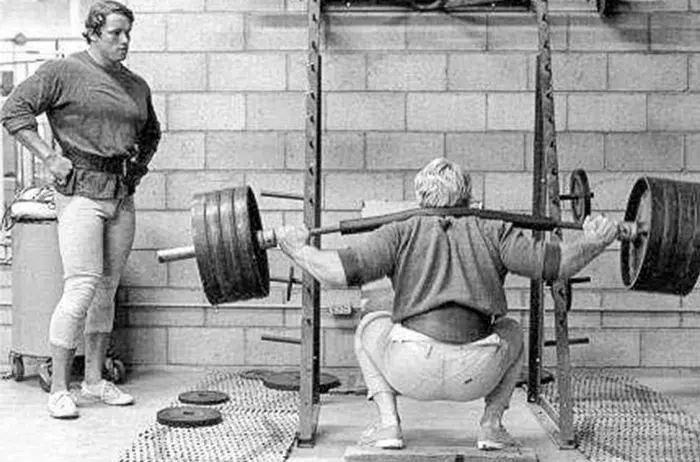
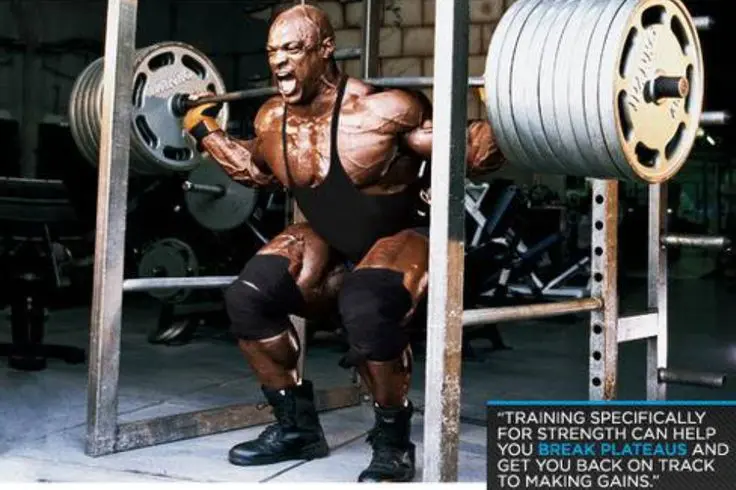








I’ve personally tried this diet and 20 rep squat program on myself…let me say there is nothing, I mean nothing that adds more strength and bulk like a program such as this. You don’t think it’s possible until you try it, no amount of supplements, other “supplements”, or programs can match it! One major drawback is it’s extremely panful and causes mental anguish…you know it’s gonna be bad before you get started, you feel nervous in anticipation of the pain.
One note is I’ve actually got even better results cutting the program back even more. For example:
2 sets of standing overhead presses OR Dips
1 set of 20 rep squats
1 set of pullovers
If you don’t have to sit down for 10 to 15 minutes after your set of squats, you didn’t do them hard enough. In terms of strength goals, 150% of your bodyweight for 20 reps is a MINIMUM strength goal! Ouch, but it’s guaranteed, if you squat with these types of weight for 20 reps, you’ll turn your body from a BEFORE to an AFTER. Best of luck!